Detect Camera: An Overview
Detect cameras, a pivotal category in surveillance technology, have seen a significant evolution with the integration of advanced features and functionalities. These cameras are designed to cater to a broad spectrum of security needs, offering a range of options for various applications.
Types and Features
The detect camera market is diverse, with options including network cameras, mini cameras, and IP surveillance cameras. Network cameras, which form a substantial part of this category, are equipped with features that enable them to operate on a wireless or wired internet network. Mini cameras offer compact and discreet surveillance solutions, often favored for less intrusive security. IP cameras, or Internet Protocol cameras, transmit data via a network and are commonly used for their digital capabilities and flexibility.
Applications and Utility
Detect cameras serve a multitude of applications. They are not limited to property surveillance but extend to wildlife observation, public safety, and even industrial monitoring. The utility of these cameras is enhanced by features such as night vision, which allows for clear footage in low-light conditions, and waterproof/weatherproof capabilities, ensuring functionality in various environmental conditions. Additionally, the inclusion of two-way audio allows for communication through the camera, a feature that has proven invaluable in both residential and commercial settings.
Technological Advancements
Technological enhancements in detect cameras have led to the development of models that support high-definition video quality, such as full HD cameras. Storage solutions have also diversified, with options like SD card slots and onboard memory card support, facilitating various data management preferences. The adaptability of these cameras is further demonstrated by the availability of different styles, such as PTZ (pan-tilt-zoom) cameras, which offer comprehensive coverage of an area, and solar-powered cameras, which provide an eco-friendly power solution.
Materials and Design
The construction of detect cameras involves robust materials that contribute to their durability and longevity. The design considerations ensure that these cameras can withstand the rigors of their intended environment, whether it be indoor or outdoor, exposed to the elements, or in areas with high foot traffic.
Choosing the Right Detect Camera
Selecting the appropriate detect camera requires an understanding of the specific needs of the area to be monitored. Factors such as the required range of vision, the need for audio capabilities, and the preferred method of data storage play a crucial role in determining the most suitable camera type. It is essential to consider the environment in which the camera will operate to ensure that features like night vision and weatherproofing are aligned with the surveillance requirements.

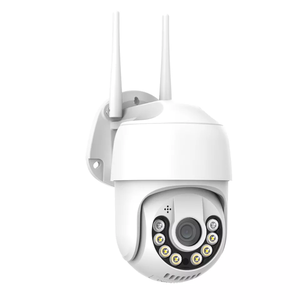





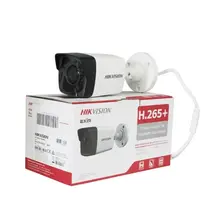


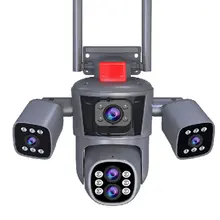




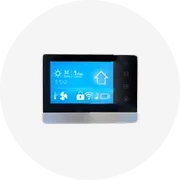
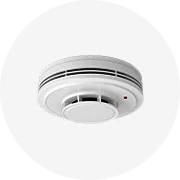
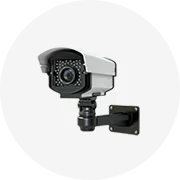
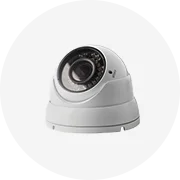
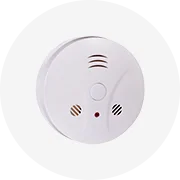
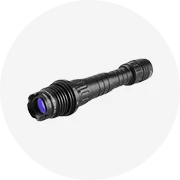

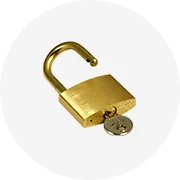








 浙公网安备 33010002000092号
浙公网安备 33010002000092号 浙B2-20120091-4
浙B2-20120091-4